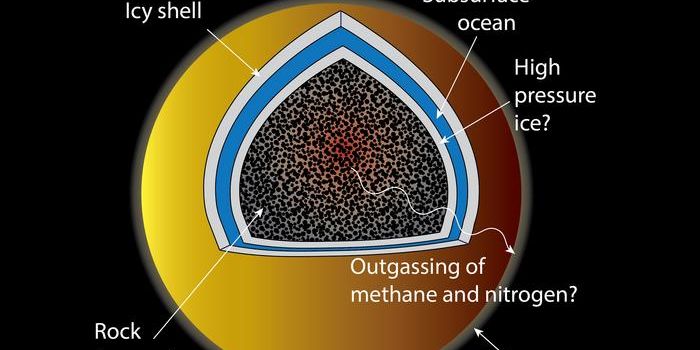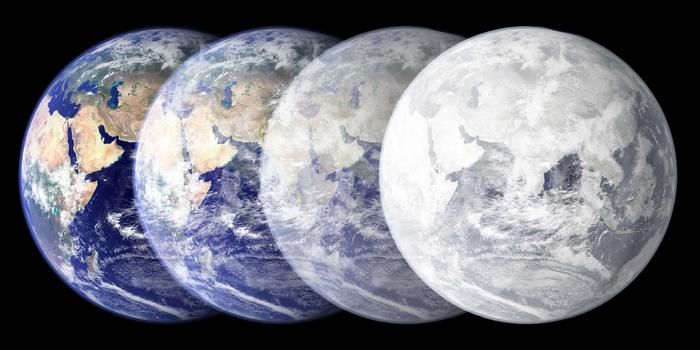Potential Impact of Climate Change on Local Summers and Winters in 60 Years
With climate change causing more severe weather worldwide, how could this impact local climates and their own longstanding weather patterns? This is what a new interactive web map designed by the University of Maryland Center for Environmental Science hopes to address as this map allows users to see the potential climates at locations across the world in 60 years while comparing them to present climates in other locations. This map holds the potential to help scientists, climate experts, and the public better understand the long-term ramifications of climate change across the world.
The comprehensive and interactive map contains data from 40,581 locations and 5,323 metro areas worldwide and lists estimated changes in temperatures and wetness for both summer and winter 60 years from now while also identifying what present climate from another location exhibits that same climate in the present. For example, while San Francisco is known for its foggy summers and rainy winters, the map estimates summer temperatures will increase by 8.5 degrees Fahrenheit (4.7 degrees Celsius) while also experiencing a 387.9 percent increase in wetness.
Additionally, San Francisco winters, which are known for being rainy and also foggy, are estimated to experience temperature increases of 6.4 degrees Fahrenheit (3.6 degrees Celsius) and a 13 percent increase in wetness, as well. The map indicates this is comparable to present-day Jamul, California, which is located east of San Diego and almost 600 miles south of San Francisco.
“In 50 years, the northern hemisphere cities to the north are going to become much more like cities to the south. Everything is moving towards the equator in terms of the climate that’s coming for you,” said Dr. Matthew Fitzpatrick, who is an Associate Director for Research and Professor in the Center for Environmental Science. “And the closer you get to the equator there are fewer and fewer good matches for climates in places like Central America, south Florida, and northern Africa. There is no place on earth representative of what those places they will be like in the future.”
How will climate change impact local climates in the next 60 years? Only time will tell, and this is why we science!
As always, keep doing science & keep looking up!
Sources: University of Maryland Center for Environmental Science, EurekAlert!, University of Maryland Center for Environmental Science (1)
Featured Image Credit: University of Maryland Center for Environmental Science/Matthew Fitzpatrick








